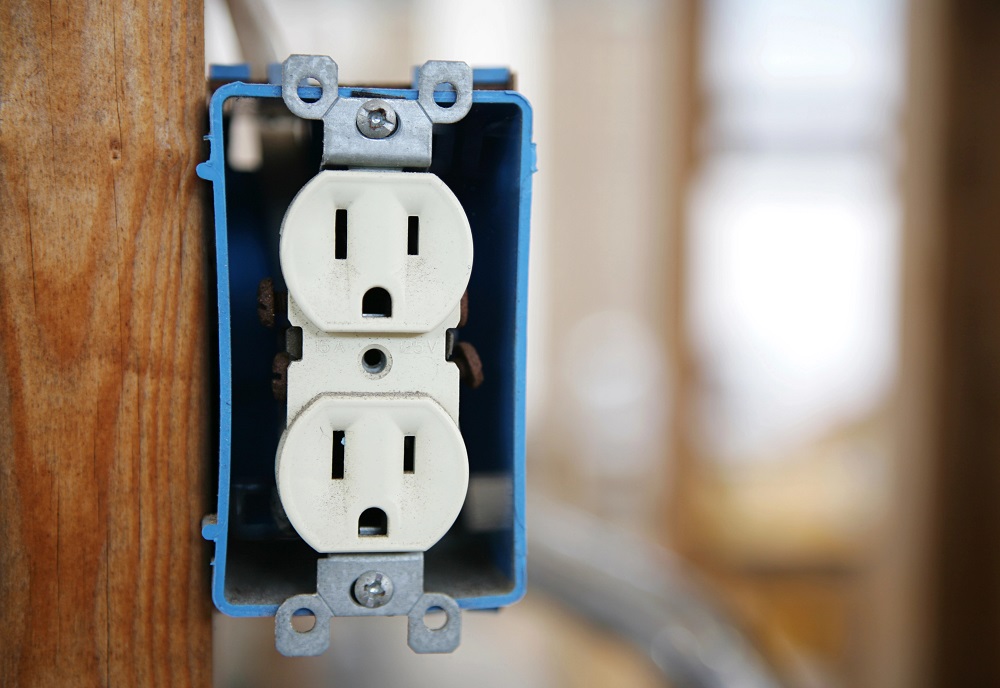Table of Contents:
- Introduction
- Flickering Lights
- Tripping Circuit Breakers
- Dead Power Outlets
- Burning Smell from Outlets
- High Electricity Bills
- Practical Solutions and Safety Tips
Introduction
Home electrical problems can vary from minor inconveniences to major safety hazards. Recognizing these issues and knowing how to address them can prevent potential disasters and ensure a safe living environment. When tackling any electrical problem, engaging a professional like a Cincinnati Electrician ensures a safe resolution and compliance with local codes and standards. Whether dealing with flickering lights or unexpectedly high electricity bills, understanding the root causes can lead to more efficient and reliable solutions.
In this article, we’ll explore some common electrical issues and guide on addressing them effectively. Cincinnati, known for its historic architecture and cold winters, presents unique challenges when maintaining electrical systems, making regular checks and updates even more crucial.
Flickering Lights
Flickering lights can be both a nuisance and a signal of potential hazards. Often, the culprit is a loose light bulb or a poorly connected fixture. If tightening the bulb doesn’t solve the issue, the problem may lie in the light switch or the wiring. If left unchecked, this could pose a fire risk. Additionally, faulty or overloaded circuits and voltage fluctuations might be responsible for lights flickering throughout the house.
Addressing flickering lights starts with the simplest solutions, like checking bulb connections. If the problem persists, seek advice from professionals to ensure there are no underlying safety concerns in your electrical system.
Tripping Circuit Breakers
Circuit breakers are designed to interrupt electrical flow to prevent overheating and fires, but frequent trips can signal an issue. Overloading circuits with too many devices is a common cause. Another possibility is a circuit breaker itself going bad. Faulty wiring, short circuits, and ground faults significantly contribute to tripping breakers.
Tackling tripping breakers involves identifying devices that consistently cause a trip and distributing them more evenly across circuits. If the problem persists, it may require professional assessment to determine the exact cause and recommend solutions.
Dead Power Outlets
Dead outlets can be frustrating and limit access to power. An outlet might be dead for several reasons, including a tripped circuit breaker, a tripped GFCI outlet, or faulty wiring. A quick solution is checking the breaker panel to reset any tripped breakers. Resetting GFCI outlets can also restore power in certain cases.
If these steps don’t resolve the issue, the problem may be deeper within the electrical wiring. In such cases, professional intervention is advisable to ensure safe and proper repairs.
Burning Smell from Outlets
A burning smell from electrical outlets is a critical warning sign of overheating wires or appliances. If you notice a burnt odor, it’s essential to unplug any devices immediately and refrain from using the outlet until it has been inspected. Causes can include overloaded circuits, old wiring, and defective appliances.
A trained professional can evaluate the situation to determine if repairs or upgrades are necessary. This problem should never be ignored, as it significantly raises the risk of electrical fires.
High Electricity Bills
Unexpectedly high electricity bills can indicate inefficiencies within your home’s electrical system. Common culprits include poor insulation, outdated appliances, and phantom loads (devices that consume power even when seemingly turned off). Identifying energy hogs in the home can help manage and reduce electricity consumption.
Consider using energy-efficient appliances and smart technology. According to insights from the U.S. Energy Information Administration, energy-efficient practices can make a noticeable difference in consumption and costs. Regular maintenance and evaluations by an electrician can also pinpoint and correct inefficiencies.
Practical Solutions and Safety Tips
Dealing with electrical issues requires awareness, preventive measures, and professional assistance. Always ensure power is turned off at the breaker before inspecting or working on electrical components. Regular checks on your circuit breakers and outlets can prevent problems from developing into serious hazards. If an issue seems beyond basic troubleshooting, contacting experts is crucial.
Integrating smart technology, like programmable thermostats and energy monitors, helps manage power usage more effectively.
Maintaining a safe and reliable electrical system ensures your comfort and convenience and significantly reduces the risk of electrical emergencies. With the right balance of preventive action and professional guidance, you can enjoy a well-functioning electrical system in your home.

